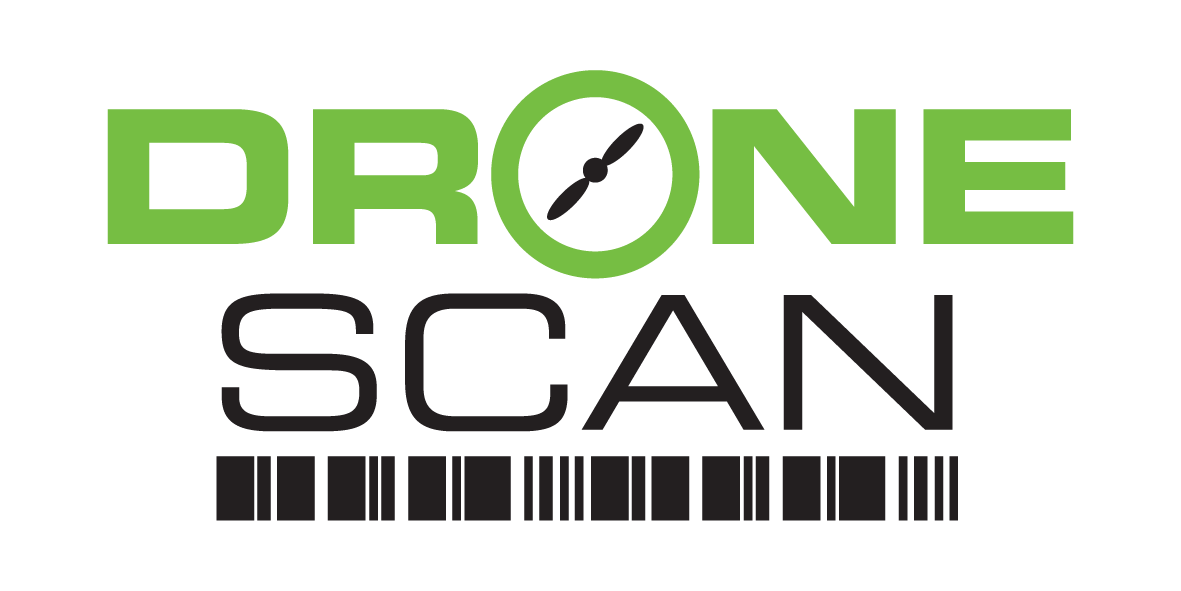This Study by Zebra as linked below has many key forecasts and insights that relate to our own vision and roadmap investments.
E-commerce has given way to a dramatic rise in distribution centers and warehousing operations placing enormous pressure on the already scarce supply of skilled labor resources. To counteract the labor concerns, supply chain decision makers are forecasting that automation will offset the shortages. Survey executives identified the most highly disruptive technologies as drones, driverless/autonomous vehicles and augmented reality. Next-generation supply chains will utilize robotics and automation to perform traditionally manual tasks such as picking, sorting, inspecting, storing, handling and classifying products to improve overall efficiency, worker productivity and speed to market. Some warehouses are turning to autonomous vehicles to bring merchandise to sortation and packing areas. Others are using drones and RFID for inventory management.
The opportunities are seemingly limitless and include wearable technology, which enables truly hands-free, multi-modal workflows that result in greater worker efficiency and increased productivity. The market for enterprise wearable devices is expected to skyrocket with projected growth of 75% by 2021.7 Interestingly, while supply chain executives have highlighted key disruptors, they seem to be taking a wait-and-see approach when it comes to actually investing. Indeed, these technologies are being implemented more as tests to determine their return on investment rather than a full-scale rollout. Industry players also face the challenge of managing these next-generation technologies across the many moving parts of the supply chain for an effective omnichannel strategy, while implementing them to work seamlessly with existing legacy systems — which is no easy feat.

